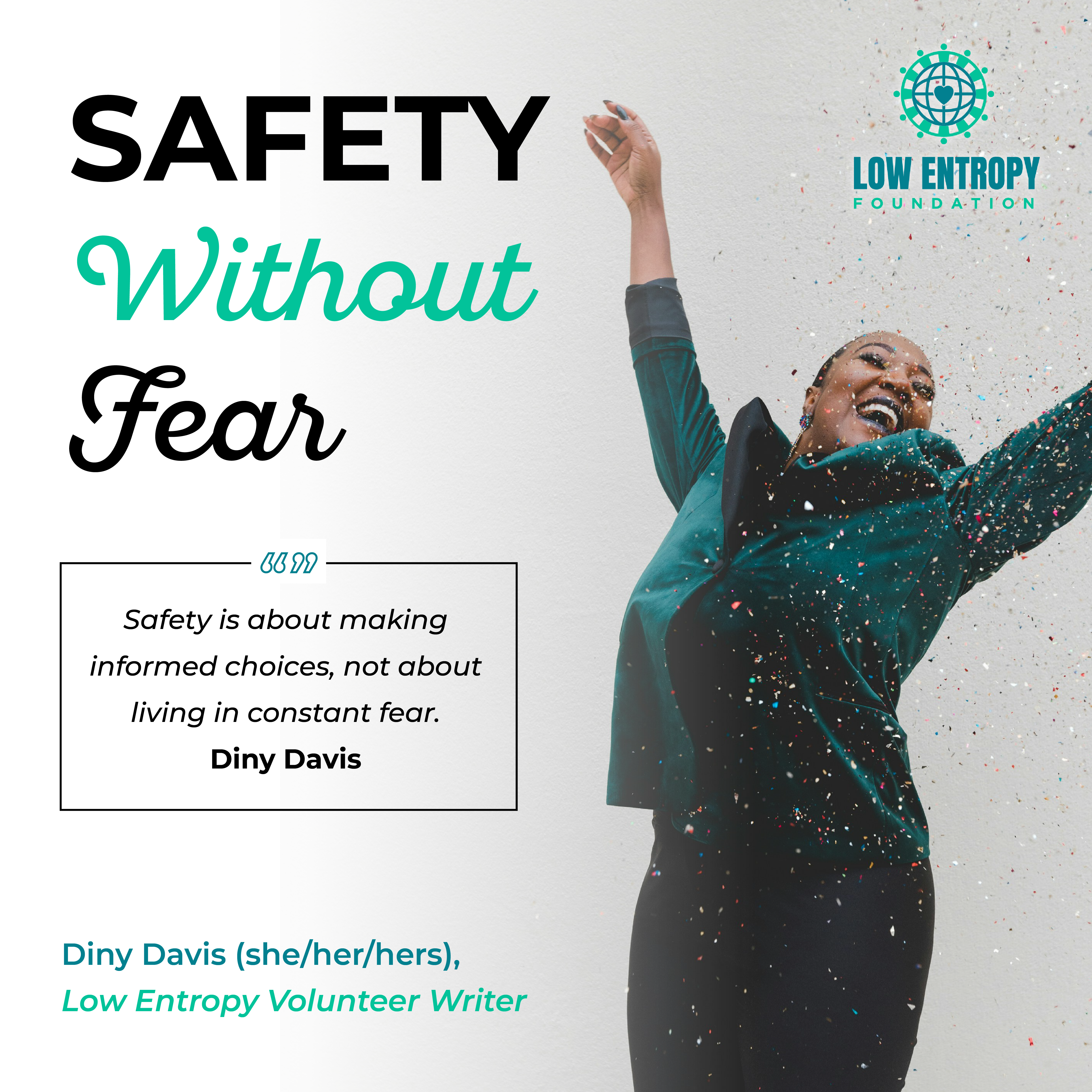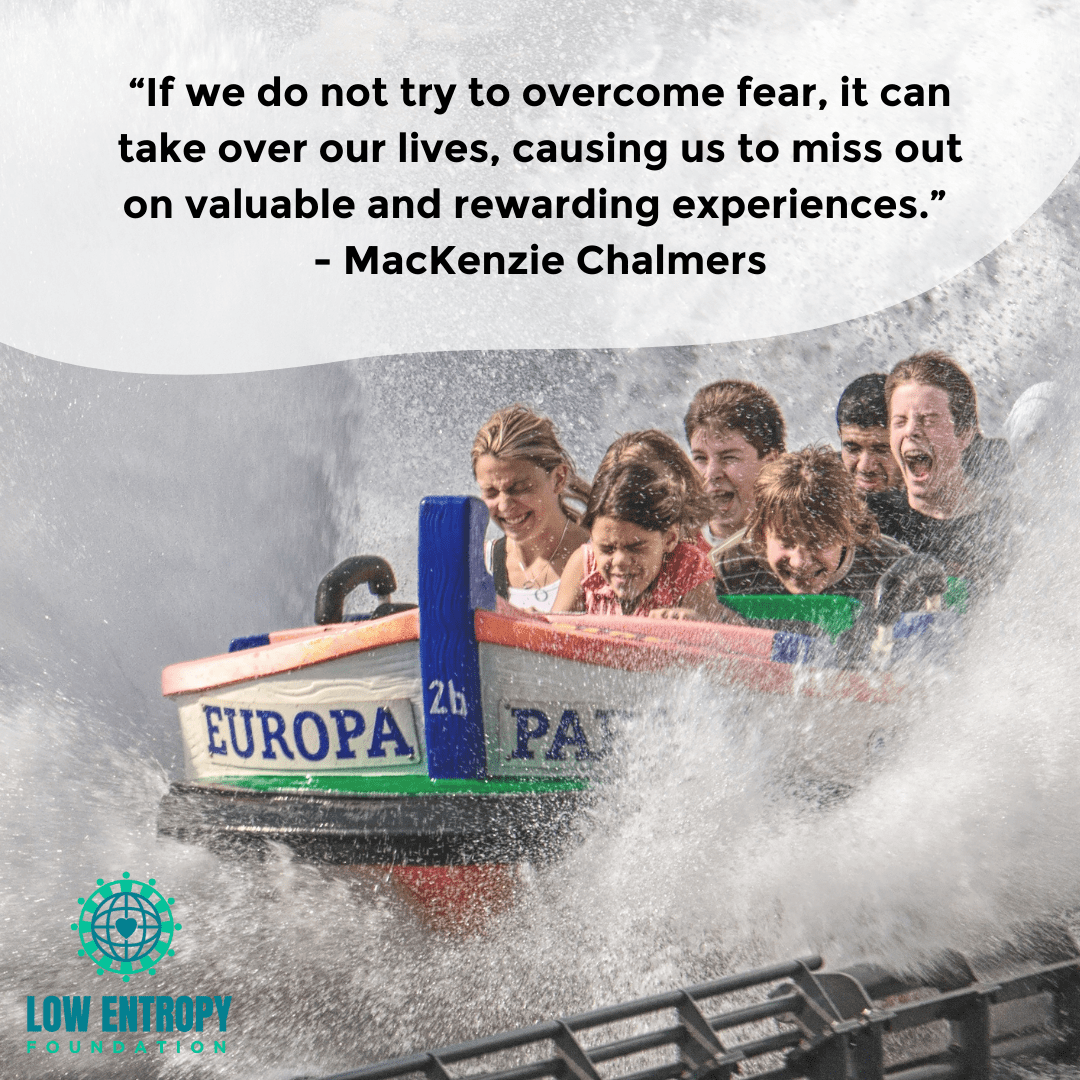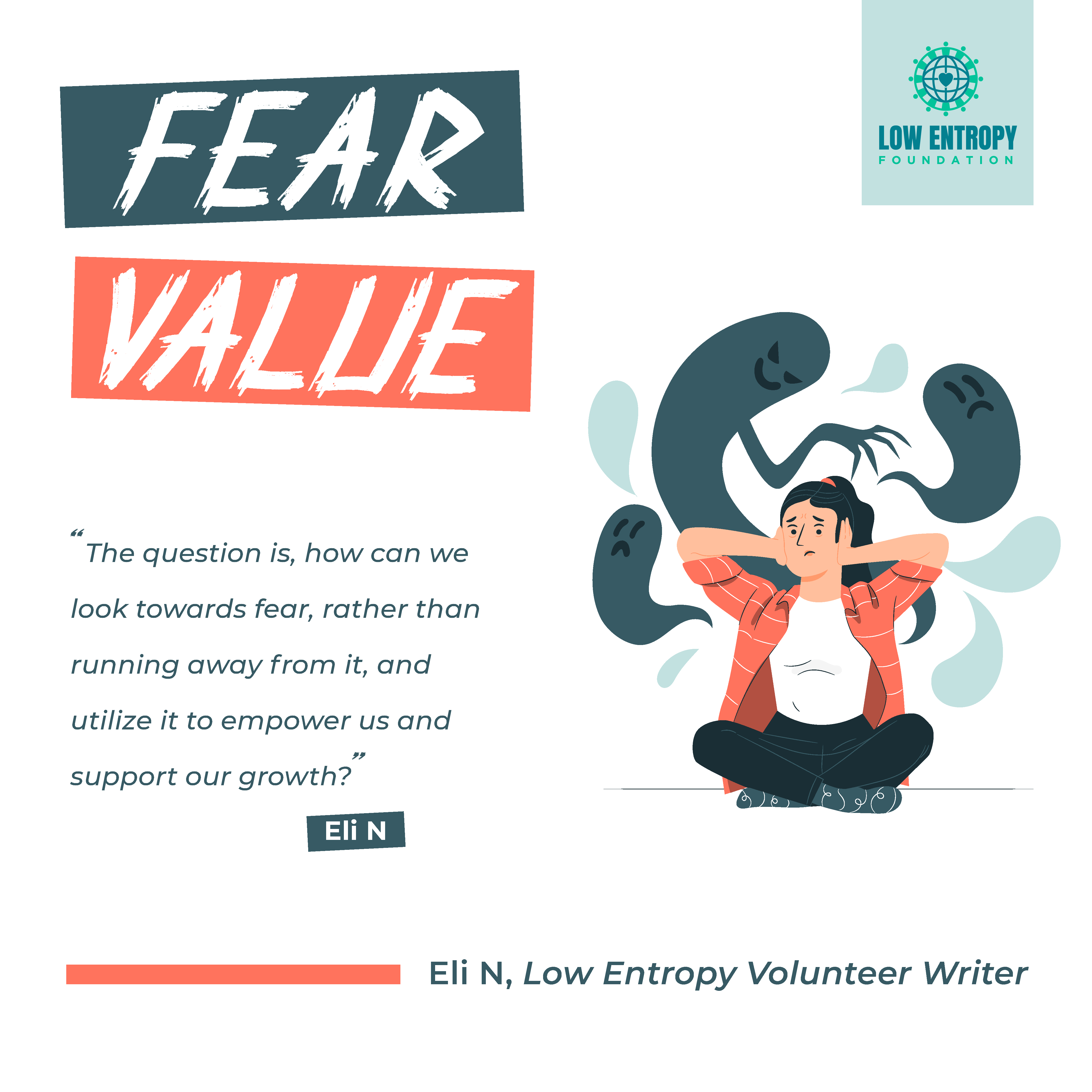Safety Without Fear
June 8, 2024

Diny Davis (she/her/hers), Low Entropy Volunteer Writer
“Safety should never be a priority. It should be a precondition” – Paul O’Neill
Safety is a universal concern, something that affects everyone regardless of age, gender or background. Safety, in its essence, is about protection from harm. Whether it’s physical security or emotional stability, the need for safety is inborn into our beings. However, the way we perceive and react to potential dangers can vary dramatically. The lines between cautious precautions and excessive fears often blur, raising a significant question: when does common sense end and being overly cautious begin? In this post, we discuss this balance and explore how to navigate safety concerns smartly, without letting fear take control.
Understanding Common Sense Safety
Common sense safety refers to the basic, practical actions that are widely accepted as necessary to protect ourselves and others. Let’s break down what this typically involves:
Everyday Precautions
*Observing Traffic Rules: Whether as a pedestrian or driver, adhering to traffic signals and signs is one of the most important acts when you are out of your home.
*Home Security: Locking doors and making sure that your windows are properly closed at night or when away from home to prevent unauthorized entry are important.
*Health Measures: Regular handwashing, especially before meals or after visiting public places, is one of the important health measures to prevent illness.
These actions don’t just protect us; they create a safer environment for everyone.
Workplace Safety
*Following Protocols: Whether it’s wearing protective gear in a factory or following all the safety measures in an office setting, workplace safety is non-negotiable.
*Emergency Preparedness: Regular drills and training should be given to employees to handle potential workplace emergencies like fires or earthquakes.
Engaging in these practices shows a level of responsibility and awareness without crossing into excessive caution.
Identifying Over-Cautious Behaviors
Sometimes, what starts as a simple precaution can spiral into fear-driven actions. Here are some scenarios where caution might overshadow common sense:
Unreasonable Avoidance
*Fear of Driving: Avoiding driving altogether despite safe conditions and one’s own driving competence because of getting hurt or hurting someone.
*Avoiding Public Spaces: Deliberately avoiding social interactions or public places due to an exaggerated fear of accidents or illness.
Excessive Measures
*Over-sanitizing: Compulsively using hand sanitizer to the point where it might cause skin issues.
*Overloading on Security: Installing multiple security systems at home where a simpler system would suffice.
*Misunderstanding Risk: Risk is an inherent part of life. To make informed decisions about safety, we need to understand the actual risks involved in our daily activities. For instance, driving a car poses a certain risk that we can easily overcome by wearing seatbelts and obeying traffic laws.
These actions might not only cause inconvenience, but can also lead to heightened anxiety and unnecessary expenses.
Finding the Right Balance
Striking the right balance between sensible precautions and irrational fear is crucial. Here’s how you can maintain this balance:
Assessing Risk Accurately
*Educate Yourself: Understanding real vs. exaggerated risks is a stepping stone in managing fear. For instance, knowing the actual statistics about car accidents or crime rates in your area can provide a realistic perspective that guides your precautions.
*Understand Fear and Anxiety’s Role: Fear is a natural emotion that helps us recognize danger. However, when fear is based not on real, immediate threats but on false manifestations, it can become unreasonable. It’s essential to recognize when fear stops being a helpful alert system and starts being an obstacle.
*Emotional Resilience: Building emotional stability helps in managing fears and anxieties related to safety. Techniques like mindfulness, counseling and open conversations about fears can help in mental and emotional defenses.
Rational Risk Assessment
*Feasibility: Assess if the precaution is reasonable. Is it adding any real value in enhancing safety?
*Necessity: Distinguish between what is necessary and what is an excessive safeguard.
Listening to Others
Sometimes, getting a second opinion helps. Discuss your safety measures with friends or experts. If everyone thinks you’re going overboard, maybe it’s time to reassess.
Embrace Safety, Avoid Fear
Maintaining the balance between safety and freedom involves several strategies that encompass awareness, education and emotional intelligence. Incorporating common sense into our daily routines is essential for personal and community safety. Safety is about making informed choices, not about living in constant fear. It’s about empowering ourselves with knowledge, staying informed and developing the emotional power to face the world confidently without being restricted by fear.
Let’s adopt measures that protect us and build confidence. Remember, the goal of safety isn’t just to survive, but to thrive.
—
Diny Davis is an aspiring author who is passionate about fitness and a strong believer in the close connection between physical and mental health. She is a journalism, psychology and literature graduate, a loving wife and a caring mother who maintains a balance in her work and personal life while giving emphasis to self-care.
GET INVOLVED
At Low Entropy, we believe changing the world starts with changing ourselves.
Founded in 2015, Low Entropy Facilitates conversations that encourage diversity and promote inclusivity.
We understand that life can be confusing at times. It can seem challenging and sometimes you may feel like no one really “gets you.” We offer an opportunity to connect with others who have the capacity to understand you.









